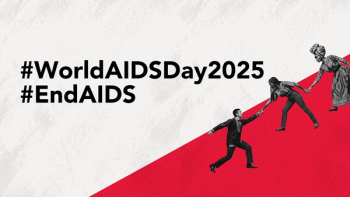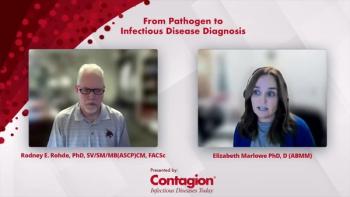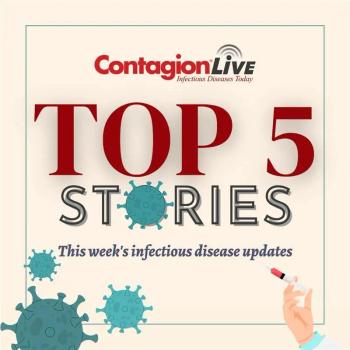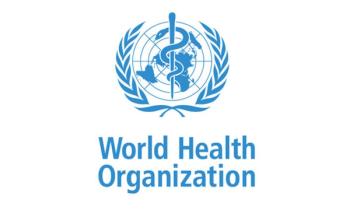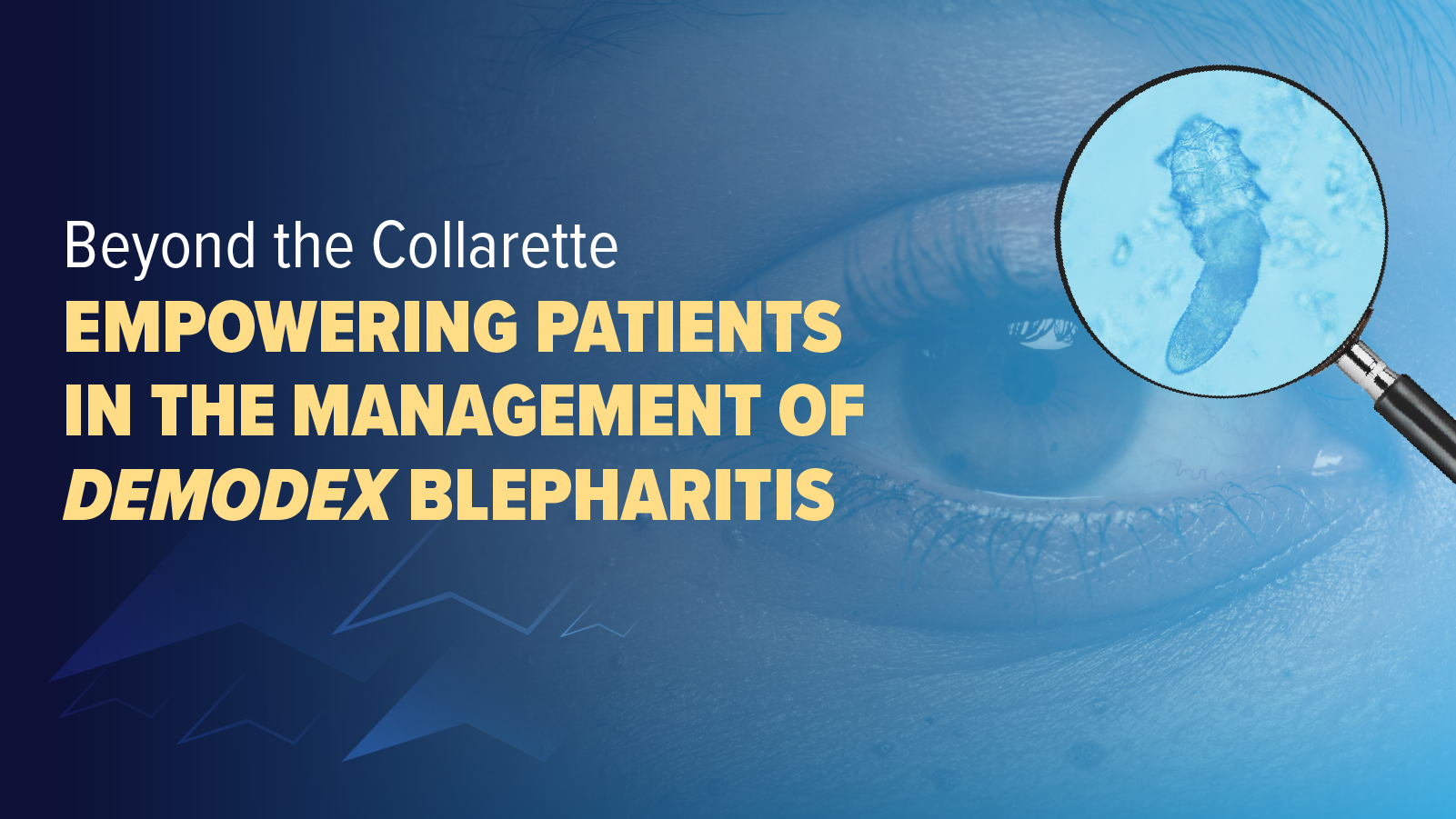This article was originally posted on our sister-site, HCPLive.com
Findings from a recent economic evaluation study point to the potential cost-effectiveness of more frequent hepatitis C virus (HCV) testing among people who inject drugs (PWID).1
Results showed testing every 6-12 months yielded incremental cost-effectiveness ratios (ICERs) of < $15 000 per quality-adjusted life-year (QALY) gained compared with no testing, assuming status quo coverage (60%) and linkage to care (47%) levels and without the addition of syringe services programs or medication for opioid use disorder.1
According to the World Health Organization, globally, an estimated 50 million people have chronic HCV infection, with about 1 million new infections occurring per year. The US Centers for Disease Control and Prevention recommends universal hepatitis C screening for all adults ≥ 18 years of age but additionally emphasizes the importance of screening populations with recognized risk factors or exposures, including people who currently or have previously injected drugs and shared needles, syringes, or other drug preparation equipment.2,3
“More testing and treatment may lead to greater reductions in hepatitis C cases; however, information on long-term health and economic impacts are needed to help policymakers understand and weigh potential benefits and costs of different strategies,” Lin Zhu, PhD, of the department of health policy at Stanford University School of Medicine, and colleagues wrote.1 “Globally, studies have evaluated the cost-effectiveness of DAA treatment in PWID, different HCV testing techniques, and programs to improve HCV care. However, the cost-effectiveness of different testing frequencies among PWID remains unknown.”
To evaluate the health benefits, costs, and cost-effectiveness of different HCV testing frequencies among PWID, investigators leveraged a dynamic, agent-based network model to simulate HCV transmission in 2 representative PWID network settings. They incorporated injection behaviors, natural history of HCV infection, progression of liver conditions from untreated HCV infection, and the HCV testing and treatment cascade as well as harm-reduction interventions, comparing cumulative health outcomes and costs across different testing frequencies in the simulated networks.1
What You Need To Know
Frequent HCV testing among PWID is potentially cost-effective, with ICERs under $15,000 per QALY for testing every 6-12 months.
A dynamic, agent-based network model simulated HCV transmission, incorporating injection behaviors and the natural history of HCV infection.
Testing every 6-12 months is cost-effective, especially when combined with harm-reduction services like syringe services programs and medication for opioid use disorder.
Network-based HCV transmission was calibrated to longitudinal data from the Social Networks Among Appalachian People study and published literature on PWID networks in the US to assess HCV testing strategies in both a sparse PWID network setting with lower HCV transmission and a dense network setting with higher HCV transmission.1
The outcomes of interest were changes in cumulative QALYs and health care costs over 60 years as well as ICERs discounted at 3% annually.1
The mean initial age of 1552 simulated PWID was 32 years. Compared with no testing, investigators noted HCV testing and treatment among PWID over a 10-year intervention period increased QALYs by 2.5% to 4.6% and costs by 0.5% to 2.3% across average testing frequencies ranging from once every 2 years to once monthly.1
For the sparse network, further analysis revealed testing every 2 years was weakly dominated; testing every year, every 6 months, every 3 months, and every month had ICERs of $6000 per QALY, $9300 per QALY, $24,200 per QALY, and $138,400 per QALY, respectively. For the dense network, testing every 2 years and every year were both weakly dominated; testing every 6 months, 3 months, and month had ICERs of $14,000 per QALY, $30,100 per QALY, and $93,300 per QALY, respectively.1
Investigators noted results were sensitive to risks of primary infection and reinfection as well as access to and utilization of HCV testing services among PWID.1
“The findings in this economic evaluation study indicate that HCV testing among PWID every 6 to 12 months or even more frequently could be a reasonable, cost-effective strategy for a community to implement or an advisory committee to recommend,” investigators concluded.1 “Increasing access to and utilization of HCV care among PWID and incorporating harm-reduction services, such as SSP and MOUD, would further improve the cost-effectiveness.”
References
1.Zhu L, Furukawa NW, Thompson WW, et al. Health and Economic Impact of Periodic Hepatitis C Virus Testing Among People Who Inject Drugs. JAMA Health Forum. 2025;6(7):e251870. doi:10.1001/jamahealthforum.2025.1870
3.US Centers for Disease Control and Prevention. Clinical Screening and Diagnosis for Hepatitis C. January 31, 2025. Accessed July 11, 2025. https://www.cdc.gov/hepatitis-c/hcp/diagnosis-testing/index.html

